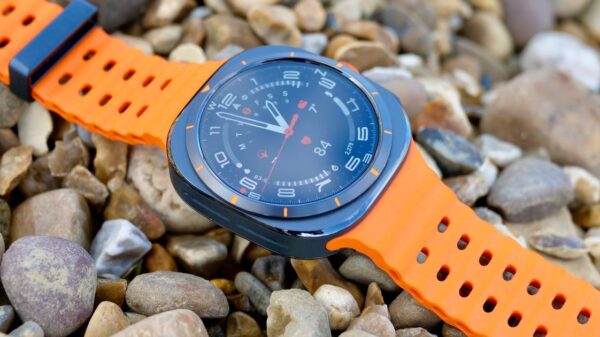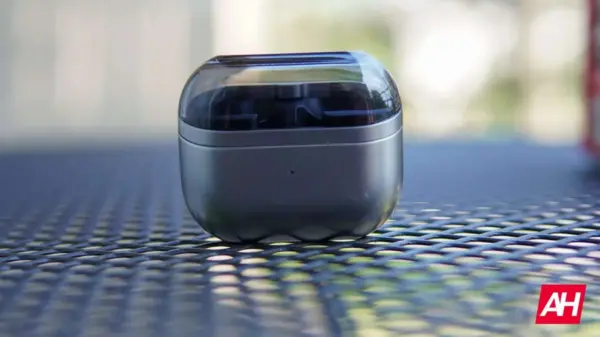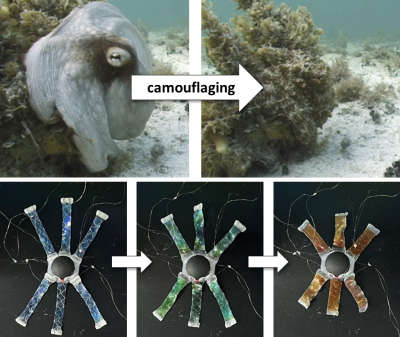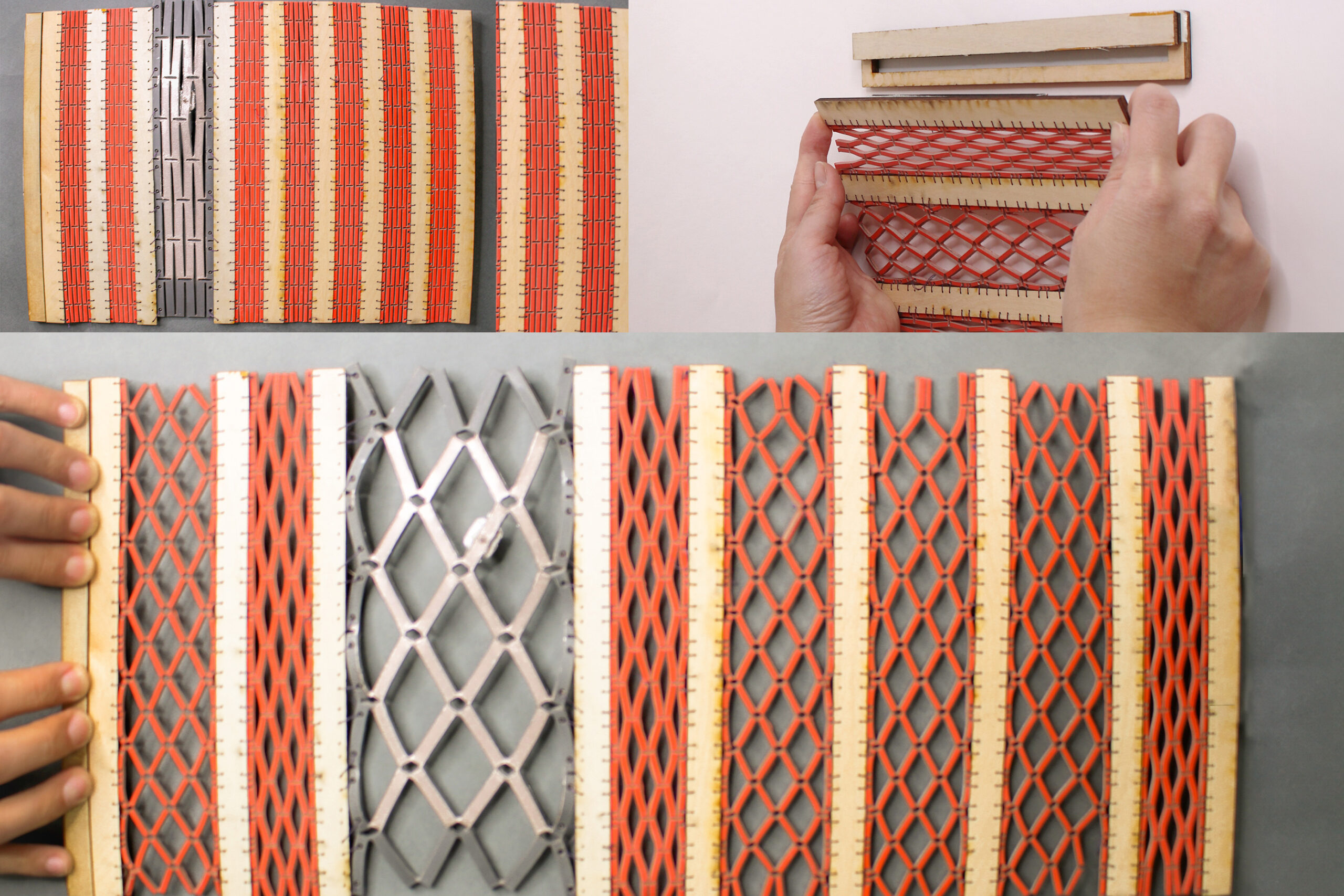Researchers at the Massachusetts Institute of Technology (MIT) have developed a groundbreaking reconfigurable antenna that can dynamically alter its frequency range by changing its physical shape. This innovation promises greater versatility for communications and sensing applications compared to traditional static antennas. Users can stretch, bend, or compress the antenna, allowing it to adapt to various operational conditions without relying on complex mechanical components.
The new design leverages metamaterials—engineered materials whose mechanical properties depend on their geometric configuration. By using these materials, the researchers have created a simplified antenna that can efficiently operate across a wider frequency spectrum. This capability could significantly reduce the need for multiple antennas in devices, making them more efficient and adaptable.
Marwa AlAlawi, a graduate student in mechanical engineering at MIT and the lead author of the study, stated, “Usually, when we think of antennas, we think of static antennas. However, by using auxetic metamaterials, we can seamlessly change the properties of the antenna by changing its geometry.” The paper detailing this research will be presented at the ACM Symposium on User Interface Software and Technology in 2023.
Innovative Design for Enhanced Functionality
The MIT team’s approach aims to transform how antennas function, not only as devices for receiving and transmitting radio signals but also as sophisticated sensors. By focusing on an antenna’s resonance frequency—its most efficient operational frequency—the researchers demonstrated that altering the antenna’s shape can lead to measurable changes in its resonance frequency. This principle could allow the antenna to monitor physiological changes, such as the expansion and contraction of a person’s chest during respiration.
To create this versatile antenna, the research team designed a structure that can be modified in three different geometric states. The device, referred to as the meta-antenna, consists of a dielectric layer sandwiched between two conductive layers. The fabrication process involves using a laser cutter to shape the dielectric material, followed by applying conductive spray paint to create a resonating patch antenna.
Through extensive trials, the researchers discovered that while flexible conductive materials struggled with high deformation, a coating of flexible acrylic paint provided the necessary durability for the antenna’s hinges. “We did a lot of trial and error to determine the optimal coating that protects the structure from breaking prematurely,” AlAlawi explained.
Applications and Future Potential
To facilitate the creation of customized antennas, the researchers developed an editing tool that enables users to define various parameters, including the antenna patch size and the dielectric layer’s thickness. This tool simulates the antenna’s resonance frequency range, allowing for tailored designs suitable for specific applications.
The versatility of the meta-antenna extends to several smart devices, including curtains that adjust household lighting and headphones that switch between noise-cancelling and transparent modes. For example, the headphones’ meta-antenna can change its resonance frequency by 2.6 percent when it expands and bends, effectively altering the headphones’ operational mode.
Moreover, the team demonstrated that these antennas can withstand over 10,000 compressions, indicating their durability for practical use. Since the antenna patch can be integrated onto any surface, potential applications include smart textiles capable of noninvasive biomedical sensing or temperature monitoring.
Looking ahead, the researchers plan to explore the design of three-dimensional meta-antennas for an even broader range of applications. They aim to enhance the design tool’s functionality, improve the metamaterial’s durability and flexibility, and streamline the fabrication process to make the technology more accessible. The advancements at MIT could pave the way for a new generation of adaptable antennas that redefine how we approach communication and sensing in various industries.





































































